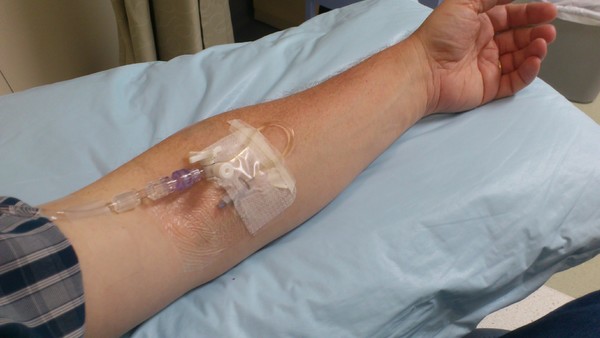What Really Happens In Your Last 24 Hours On Death Row?
3. Heart Monitor & IV Are Emplaced

The prisoner is secured to the gurney and needs to be prepared for the actual injection of lethal chemicals. A health professional ensures the patient is fitted with a heart monitor, which is used to confirm the execution's success. Depending on several biological factors, it can take longer in some than in others, and the monitor helps identify the final moments of the condemned's life.
Lethal injections aren't done by simply taking a syringe filled with antifreeze, and injecting into a person's throat. It's done as humanely as possible, and without making the health care professional responsible for the actual injection, as it would violate their Hippocratic Oath.
Two intravenous tubes are inserted, with one going into each arm. The health care professional makes sure the IV is inserted properly and with as little pain as possible. They swab the area with alcohol, and while that may seem unnecessary considering what's going to happen, not doing so would be counter to a health worker's normal practice.
The tubes run through the wall to an anteroom, where the executioner is positioned. The movies often put the device in the room with the condemned, but this isn't how it's done in reality. Each tube leads to different chemicals, each of which has its own purpose.